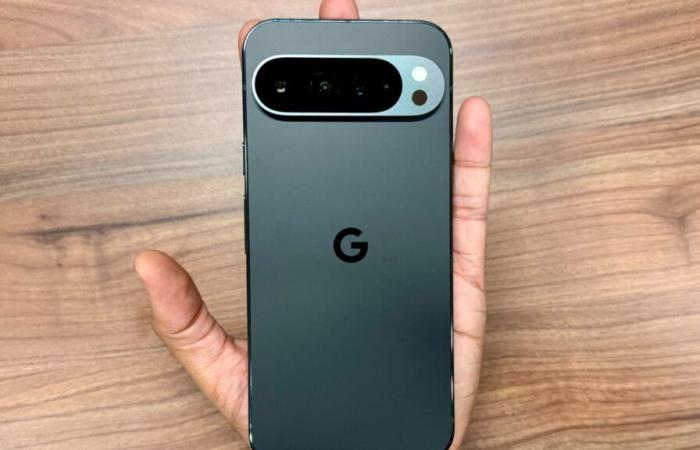As part of its program Longevity GRFGoogle should soon allow all Android manufacturers to extend their support to ensure up to 7 years of updates. An ambitious project that is not new, and an initiative in favor of the consumer and the environment. Explanations.
If the lucky owners of the Google Pixel 8, Pixel 9, or even the Samsung Galaxy S24, Galaxy Z Flip6 and Galaxy Z Fold6 will already be able to benefit from 7 years of updates of the famous operating system, the majority of Android smartphone manufacturers offer devices receiving major updates for 3-4 years, with security updates typically lasting up to 5 years. Thanks to Google and its program Longevity GRFthis reality should soon change…
Even more durable smartphones, with 7 years of Android updates
Concretely, Longevity GRF is an extension of the GRF program (Google Requirements Freeze), which already aimed to allow chip manufacturers such as Qualcomm or MediaTek to “freeze” software support over three versions, in other words over three years. As part of Longevity GRFGoogle intends to move to 7 years for all Android smartphones, allowing users to keep their smartphones even longer.
According to our colleagues from the specialized media Android Authoritythe first chip to benefit from Longevity GRF would be the Snapdragon 8 Elite, equipping, among others, the HONOR Magic7 and Magic7 Pro or even the Xiaomi 15. MediaTek, another major player in processors, should follow, hypothetically with its next chip, the Dimensity 9400, planned for 2025.
In the era of technological sustainability, and at a time when refurbished smartphones have never been so popular with consumers, the Mountain View firm’s objective is clear and precise: to make our mobiles even more sustainable , in particular with an extension of software monitoring applied to all devices, regardless of range. As examples, we could cite Samsung’s Galaxy A16 5G, a mid-range smartphone that already has 6 years of Android updates.
The Galaxy A16 5G for €1 at SFR
Subsequently, in addition to Google’s program, it is very likely that other major players in the market, such as Xiaomi, HONOR, OPPO or Motorola, will follow suit and adopt similar strategies aimed at extending the lifespan of their smartphones. These initiatives, in addition to responding to growing consumer demand for more sustainable products, are part of a global approach to reducing the sector’s environmental footprint. Unsurprisingly, the European Union also has a role to play, since future regulations put in place by Brussels will require, from June 2025, a minimum of five years of updates for any new device introduced on the market.
Sources : Android Authority, Frandroid






